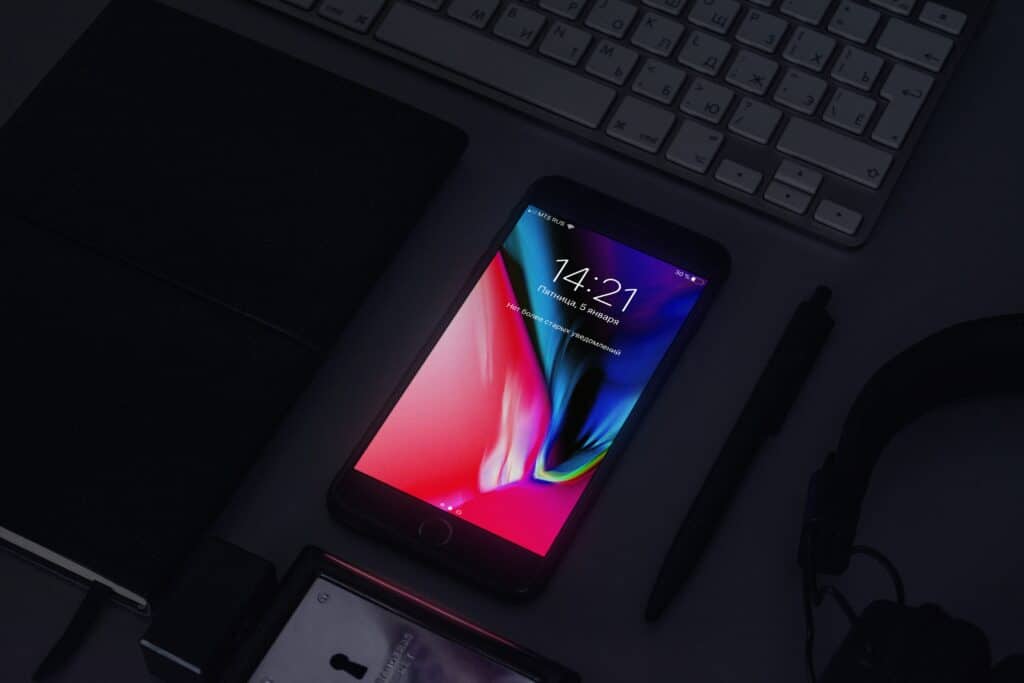

Any organization with a fleet of iOS devices needs a mobile device management (MDM) solution. With an iOS MDM, organizations can manage and secure their fleet of Apple devices, including iPhones and iPads.
Using these tools, businesses can remotely configure settings, enforce security policies, deploy apps, and monitor device usage.
As with any technology, there are some advantages and disadvantages. So, let’s look at the pros and cons of iOS MDM.
Apple has always prioritized security, and iOS is known for its strong encryption, secure boot process, and hardware-level security measures. MDM enhances this security through a number of security features.
As this comprehensive iOS MDM platform states, a top iPhone and iPad management system features a series of useful features, including:
One of the main drawbacks of iOS mobile device management is the high cost, which can be a barrier for smaller businesses. For starters, Apple devices, such as iPhones and iPads, tend to have a higher price tag compared to their Android counterparts.
Additionally, MDM solutions often come with licensing fees and maintenance costs. You may be surprised when you see the annual bill estimate for adopting an advanced iOS MDM.
That’s why, before selecting mobile device management software for iOS, consider the value of the investment to your organization.
Please consider:
When using MDM, organizations must distribute apps through the App Store, which means they must go through Apple’s app review and approval process. This can lead to delays and additional hurdles when deploying custom or enterprise-specific apps.
iOS mobile device management inherently limits the choice of hardware to Apple devices. While Apple offers many devices, including iPhones and iPads, organizations may have specific needs or preferences that Apple’s product lineup cannot meet.
The limitation can be especially challenging for organizations that have already invested in a different ecosystem or have specialized requirements that are better suited to other devices.
Another issue is that older iPhone and iPad models may not be supported for use with an iOS MDM because they no longer receive iOS software updates from Apple. In other words, you may have to upgrade your entire fleet of iOS devices to match with an MDM solution.
iOS mobile device management offers numerous advantages in terms of security, reliability, and robust solutions. It provides organizations with the tools to manage and secure their fleet of Apple devices effectively.
However, there are also some disadvantages to consider, including the high cost associated with iOS MDM, the reliance on the Apple App Store for app distribution, and the limitations on hardware choice.
For these reasons, organizations should weigh these pros and cons carefully and assess their specific needs before implementing iOS mobile device management.
If you are interested in even more technology-related articles and information from us here at Bit Rebels, then we have a lot to choose from.
Companies generally look for people with expertise in technical skills, but the hospitality industry also…
Esports has transformed from a niche pastime into a global phenomenon, with millions of fans…
Marketing has historically been focused on what you can tell your audience— how you can…
Do you ever get so busy taking care of everyone and everything else that you…
The Bitcoin price in USD has fluctuated steeply over the past month, from a high…
The online gambling industry has expanded rapidly, offering players around the world the ability to…